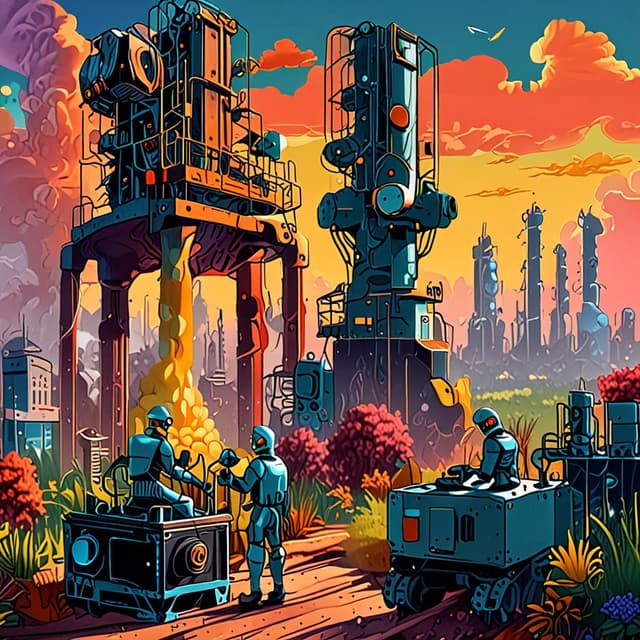
| Location | Global |
| Time period | Starting early 1800s |
| Timeline type | Alternate reality |
| Lessons learned | Importance of proper industrial waste management |
| Waste prevention | Effective industrial output control |
| Environmental impact | Preservation of natural resources, no global warming |
| Pollution monitoring | Advanced technology and regulations |
The Industrial Revolution has been credited with significantly improving the standard of living for many people around the world, but it also brought extensive environmental pollution as a byproduct. In this timeline, industrial pollution was effectively managed from the early 1800s, preventing widespread environmental and climate-related disasters.
Much like in our timeline, early industrial manufacturing processes led to increased air and water pollution as a result of burning fossil fuels and releasing untreated waste products. Early attempts to control pollution focused on reducing waste output and minimizing the impact of industrial byproducts. Some of the earliest regulations included limits on smoke emissions, sanitary disposal laws, and water treatment requirements.
One key difference in this timeline was the development of chemical processes that neutralized pollutants during the manufacturing process. By harnessing the power of chemistry, scientists were able to break down harmful substances, turning them into safe chemical compounds that could be more easily disposed of or reused. These techniques allowed factories to minimize the amount of pollution released into the environment and avoid many of the consequences seen in our world.
A range of industrial neutralization techniques was developed throughout the 19th century. For example, the Sabatier process - a method of synthesizing methane from carbon dioxide and hydrogen - was used to convert much of the carbon emissions produced by industrial activities. This helped to reduce the concentration of greenhouse gases in the atmosphere and significantly slowed the progression of climate change.
The successful management of industrial pollution in this timeline had profound effects on the environment and climate, allowing societies to avoid many of the challenges faced in our timeline. Cleaner air and water led to improvements in human health and well-being. With greenhouse gas concentrations lower than in our reality, the rate of climate change progressed slower, and the impacts of global warming were less severe. Agricultural practices, natural habitats, and ecosystems were also preserved, allowing for greater biodiversity and the continued flourishing of wildlife.
Additionally, the focus on neutralizing polluting substances during the manufacturing process led to a more sophisticated and sustainable understanding of resource use. The waste products produced by industries became increasingly viewed as materials that could be repurposed, leading to more efficient resource use and a stronger circular economy.
The effective management of industrial pollution in this timeline highlights the importance of taking proactive steps to mitigate the environmental consequences of industrialization. While technologies and regulations similar to those seen in this timeline have been developed in our reality, they were not adopted on a large enough scale or soon enough to reverse the damage caused by decades of uncontrolled pollution.
By integrating advanced pollution control techniques from the early stages of the Industrial Revolution, societies in this timeline created the opportunity to tackle environmental challenges in a more systematic and sustainable way. This highlights the importance of foresight, innovation, and responsibility in shaping the future of our planet. While it may be impossible to entirely prevent pollution, learning from this timeline can help us craft better policies and technological solutions that can slow and eventually reverse the degradation of our environment.